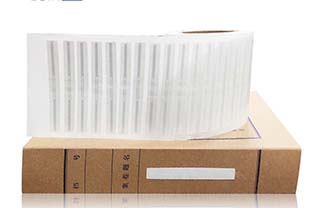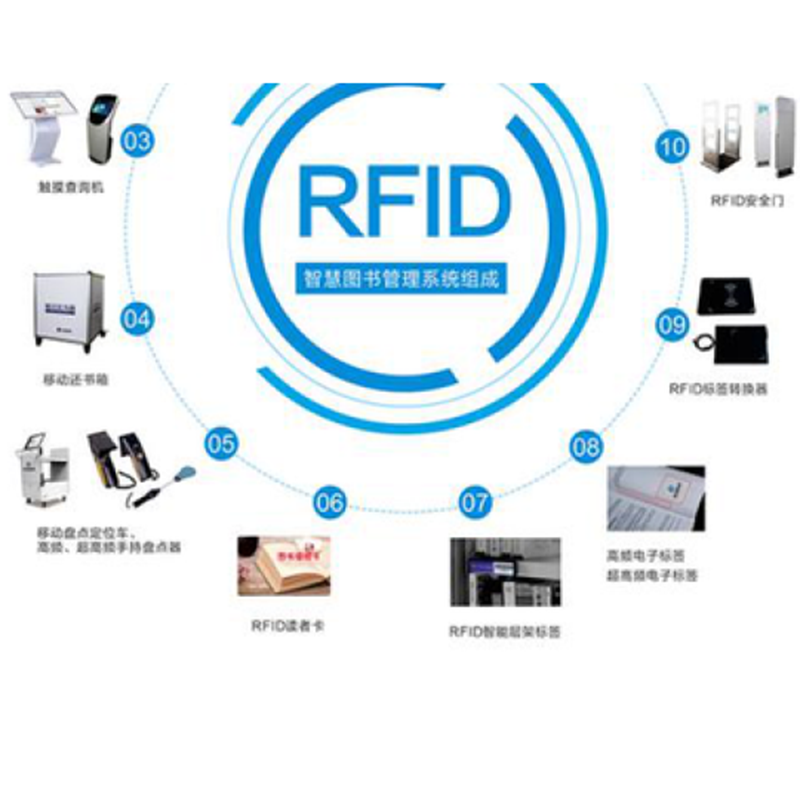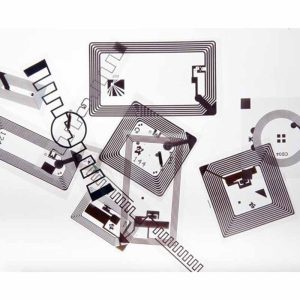RFID electronic tags help with file management
RFID stands for Radio Frequency Identification technology. It is a wireless communication technology that can identify specific targets and obtain relevant data through radio waves. RFID technology is widely used in logistics, inventory management, payment systems, and other fields, which can improve work efficiency and security. Through RFID technology, items can be uniquely identified and tracked, providing convenience for business management and consumers. The development of RFID technology will further promote the development of animal networking and intelligent technology, with broad application prospects

RFID electronic tags assist in archive management
Archive management plays a crucial role in enterprise management. At present, in order to improve archive management methods, the main approach is to use archive numbers and barcodes for internal shelving and positioning. However, there are still some problems with this archive management method, such as difficulties in archive retrieval and time-consuming inventory. Quickly finding the one you need among numerous archives usually requires a lot of effort, especially when the archives are arranged in a chaotic manner. So, how can we use IoT technology to improve search efficiency?
RFID technology is a technology that uses wireless radio frequency to read and write electronic tags, in order to achieve target recognition and data exchange. Because of this, RFID technology has been widely applied in modern archive management. By using RFID file tags, it is possible to quickly locate and locate the required files. The following are two recommended RFID file label products:
1. ETAG-T800: The ETAG-T800 illuminated file tag adds LED light reminder function on the basis of traditional RFID tags. It integrates chips, antennas, and LED lights, with labels as light and thin as paper, supporting personalized printing and coding. LED lights are clearly visible, helping to quickly locate and locate designated files, mainly used for RFID file management and RFID book management.
2. ETAG-T807: ETAG-T807 uses PET fabric, with high recognition sensitivity and a reading distance of up to 5 meters. It supports RFID book tags with multi label recognition. By combining databases and software management systems, the library has achieved functions such as self-service borrowing and returning, inventory, shelving, retrieval, theft prevention, distribution, and collection information statistics. Typical applications include RFID library management systems and RFID archive management systems.
RFID electronic tags assist in archive management
By using RFID electronic tags as information carriers, data collection and monitoring of each link in archive management and circulation can be achieved, thereby dynamically managing archive circulation. Due to the uniqueness of RFID electronic tags, each file can have its own unique number. By scanning with a reader, it is easy to find the desired files among thousands of files.
Compared with traditional archive management methods, the application of RFID technology is conducive to improving the overall business management ability of archive management, reducing error rates, achieving real-time data sharing, simplifying management processes, and thus improving work efficiency. RFID technology provides a more convenient and effective management mode for archive management.






